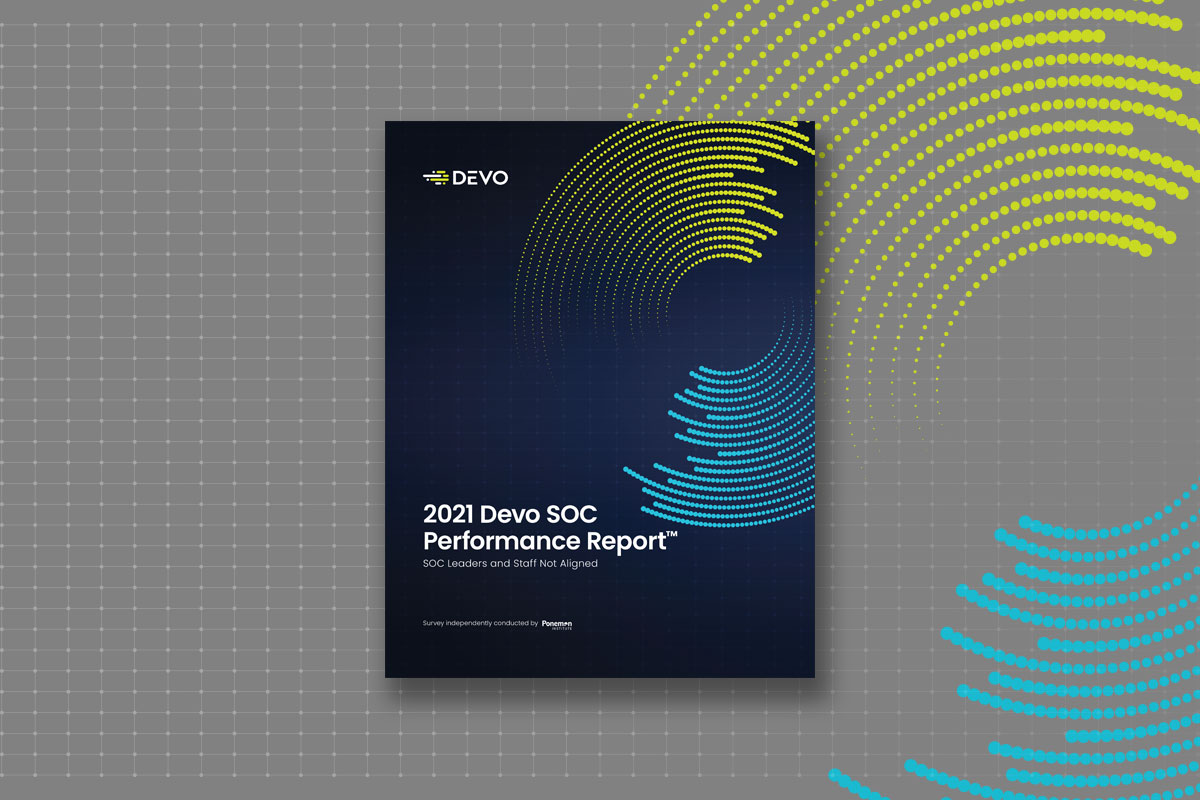
Although SIEMs have existed for more than 20 years, many organizations still fail to achieve full data visibility into their environments. Two problems compound this challenge. First: attack surfaces. As organizations scale their digital infrastructures and bring on new applications, the amount of data analysts need to monitor and analyze increases exponentially. According to survey data, nearly 40% of IT security professionals said their SIEM was ineffective because it could not scale to meet their business needs.
This leads to the second problem: relentless attacks. Malicious actors are constantly uncovering new attack vectors and deploying new tactics and techniques, and new malware and zero-day vulnerabilities are cropping up almost daily. Recent research found that cyberattacks increased 70% between June and August of 2023 when compared to the previous three months.
So how can security teams achieve the visibility they need to protect their organization? The answer lies in adopting a SIEM tool that enables your organization to ingest all its data and provides the analytics, automation, and real-time alerts your team needs to focus their efforts. While that answer might seem obvious, companies often get it wrong. Your team can get it right by embracing these three keys to unlocking data visibility in the SOC.
1. Start By Knowing Where Legacy SIEM Solutions Have Failed
In today’s cloud-first, always-connected world, legacy SIEM solutions simply can’t keep pace. There are three main ways they come up short:
· Limited Scalability: Legacy solutions are not designed for data at scale. As a result, they’re not capable of collecting and managing the vast quantities of cloud, application, transaction, AI, IoT, and mobile data simultaneously.
· Poor Performance: Many legacy tools index data on ingestion, which in turn, bogs down query performance. The more data, the more indexing is required, which leads to slower SIEM performance.
· Higher Costs: Older SIEM solutions require ongoing data management, which demands more time and effort from your security teams. In the long run, this constant need for monitoring and maintenance can cost organizations more than simply investing in modern SIEM tools.
2. Determine Where to Start Your Data Visibility Journey
If legacy solutions are leaving your security team hanging, it’s time to make a change. But where do you start? A SIEM is still your answer, but it’s time for an upgrade. Before you start your SIEM journey, it’s important to take a step back and understand your requirements and the features and functionalities your team should prioritize during the RFP process. To help streamline this process, here are five questions worth asking:
· Can your solution ingest any type of data? Lots of solutions import “standard” logs or data types. However, many custom apps and APIs use custom or unstructured logs or events. You need a solution that ingests anything, anytime.
· Does data have to be parsed before it’s ingested? If data must be parsed before it’s ingested, this can lead to problems that break ingestion and cause gaps in data and visibility. Custom apps will require custom parsers. And since data can change as applications are updated, flexible, self-service parsers are a must. You don’t want to lose visibility while your vendor takes time to create or update a parser on their end. As a result, you need a SIEM solution that allows you to create and deploy custom parsers as required.
· Is data indexing required before you can search? Indexing data can take time. During peak load, indexing can be delayed as events queue up. This can create large latency gaps between when the event occurs and when it is visible to the SOC. You need to be aware of how long that gap is, and you need to find ways to minimize this gap as much as possible.
· Does your solution preserve data in its raw state by default? You want a solution that keeps your data raw in case you want to use it for anything else. For example, if you have multiple use cases for your data — such as analytics, machine learning (ML), and storage in a data lake — access to its raw format is essential. If your solution alters the raw data, it is lost forever.
· How does your solution support query optimization? Your SIEM must be able to query targeted data and large data sets. Make sure your solution can handle both types of queries while meeting performance expectations.
By determining where your current SIEM works and where it comes up short, you’ll be on the right path to investing in a solution that meets your needs. And as you evaluate new potential SIEMs, keep this simple rule in mind: If a prospective solution is missing any of the features listed above, cross it off your list. Your SOC deserves better.
Interested in getting your hands on a more comprehensive checklist? Download our RFP template.
3. Understand What AI/ML Brings to the SOC
Adopting a SIEM solution that can ingest, store, and easily search your data is half the battle. The other half is enabling your security team to act on this data. A SIEM solution that offers AI/ML capabilities is a great plae to start, but you need to understand what these tools bring to the table.
The first capability that many AI solutions provide is speed. With cybercriminals constantly looking for new ways to compromise your environment, your team can’t afford to get stuck wading through data or get distracted by false flags. AI-enabled solutions can help your security improve accuracy and more readily discern real threats from distractions.
Once a real threat is identified, your SIEM solution must also enable quick incident response. In addition to automating mundane tasks and improving alert accuracy, AI/ML can be leveraged to autonomously investigate alerts and hunt threats before sending them to your SOC analysts – enabling your SOC team to stay a step ahead of the bad guys.
Unlock the Door to Data Visibility
While you still need a SIEM, it’s time to trade in the old Model T you’ve been driving for something more modern. Having a SIEM tool that rapidly and seamlessly ingests your data, maintains it in its original form, and applies real-time analytics, enables your SOC with the information and insights they need to act fast. Without achieving data visibility, your SOC can’t function and certainly can’t keep your organization safe from cybercriminals.
To learn how Devo can meet your security visibility needs, visit our industry validation page.



